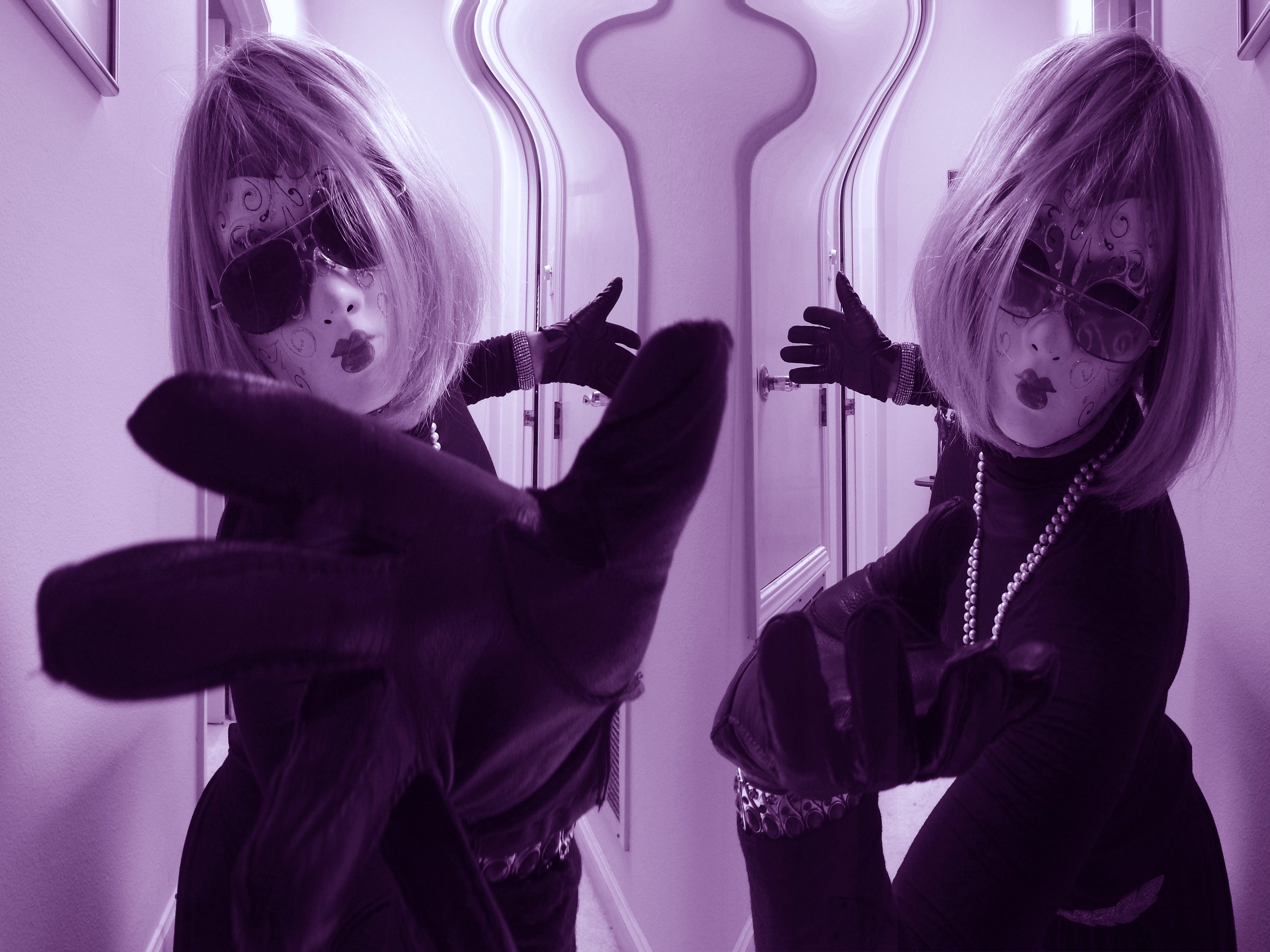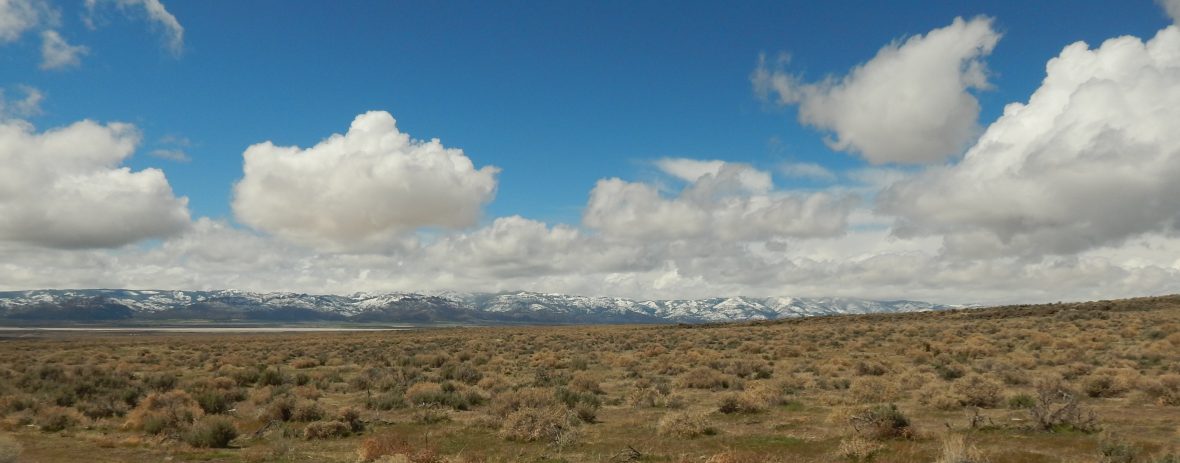The Masks of Femininity
“The Masks of Femininity” is a photo project by photographers Heili Einasto and Karl Toepfer that describes the feminization of identities in relation to masks, costumes, poses, camera angles, settings, and lighting conditions. The project proposes that feminization is a fundamentally theatrical process. Femininity from this perspective thus manifests itself in relation to an image of physical transformation rather than in relation to observable qualities of women in reality. This means that femininity is not innate to bodies, but if that is the case, then it also means that it is very difficult and perhaps impossible to discern “authentic” or absolute femininity. Femininity is a “mask.” The project employs models from each sex. The models wear different masks and costumes; they are photographed wearing the masks and costumes in different poses and in different environments or “moods.” For many images, the goal is to show how a single variable, such as a prop or gesture or camera angle amplifies or diminishes feminization. Sometimes the aim of the photographers is to show how the slightest shift in a pose intensifies the aura of femininity for often complex reasons. In developing the project, the photographers have directed the models and fashioned the performance environment according to conventional signifiers of femininity (e.g., dresses, jewelry, long hair, high-heeled shoes, “voluptuous” poses), but the dominant signifier is the mask. It is the mask that calls attention to the conventions and releases them from their “natural” placement within consciousness and establishes their theatrical strangeness. On some occasions, the photographers employ a silver mask of uncertain sexual identity, and this mask produces a unique layer of ambiguity in the image that renders the conventional signifiers of femininity even more mysterious. The photographers sometimes also incorporate signifiers of hyper-masculinity into the images, such as a bishop’s mitre or military hats, to show how such signifiers actually intensify the feminization of the body. In some cases, it is difficult to discern the difference between male and female bodies; in other cases, where the viewer can identify the model as male, the image works to redefine masculinity in a positive way—that is, masculinity is as much about playing with sexual identity as it is about stabilizing sexual identity. But in this regard, “The Masks of Femininity” is not about drag performance; it is not about male appropriation of femininity or drag’s enthusiasm for the exaggeration or distortion of feminine signifiers. Rather, feminization is about the pleasure of intensifying the sexual ambiguity of bodies and identities. The larger goal of the project, then, is to show how a specific, theatrical process of feminization in image-making leads to heightened gender ambiguity, and this ambiguity is the foundation of greater condition of emotional and cognitive freedom. However, this project links “feminization” to the selection of masks that make bodies look younger than their “real” faces, for the “real” face so often masks an “other,” younger identity within the body.
Please Remember! Images on this WordPress website may be shared from the website, but any publication or posting of the images elsewhere requires the consent of the photographers.
Kriemhild in the Meadow
Here’s a little (5 minutes) experimental video story combining many images otherwise not seen on this website.
In addition to a few public exhibitions in Estonia, some images from the project have illustrated magazine articles, such as this essay by Norwegian feminist Toril Moi in the Estonian magazine Sirp.
Note on Compositing
Many images in “The Masks of Femininity” are composites created using Photoshop. Composites allow figures photographed in one context to appear in an entirely different context. They allow one to reimagine the environments in which sexual identities may appear and to construct scenes that are otherwise difficult or even impossible to photograph. Compositing greatly expands the imaginative reach of photography. Some photographers, especially those of a photo-journalistic or even fine arts background, complain that compositing undermines the credibility of photography to document “reality”; compositing undermines “trust” in the photographic image. But no photograph is ever a completely trustworthy recording of a “reality” outside of the image; it is always made as a result of social-cultural pressures controlling what the photographer sees and how to see it. Compositing reminds us that the image is its own reality, that it is an illusion to believe that a photographic image ever completely or even mostly reveals a reality outside of itself and the pressures that caused it to exist.
The project uses several models of both sexes, but they do not wish to be identified separately. More precisely, the models wish to remain “anonymous” insofar as the project reveals “other” identities within the models rather than the identities given to them by others.
Dates for composite images refer to when composites were made, not when photographs were taken. Sometimes photos in the composites were taken years apart.
Figures Interacting with Remote Historical Artworks
Here is a series of images in which masked figures appear with artworks photographed in different places.

A Pair before Bernt Notke’s Dance of Death (ca. 1490) [2017] 
A New Way of Seeing Carl Dreyer’s Michael (1924) [2017] 
Connecting with Jacques Feyder’s L’Atlantide (1921) [2017] 
Joining the Fun of Cecil B. DeMille’s Madame Satan (1930) [2017] 
Nude with Valkyries Painted in 1872 by Peter Nicolai Arbo (2017) 
History Reader (2017) 
Lounging with Maxfield Parrish’s The Pied Piper (1909) [2017] 
Composite with Czech Composer Vítězslava Kaprálová (2016) 
Nude with 16th Century Flemish Painting (2017)
Solitary Figures 1

Angel of Death (2015) 
Outside a Church in Viljandi, Estonia (2015) 
Entrance of the Circus Artist (2015) 
The Batter (2016) 
Walker in the Rain (2016) 
Castle Corridor (2014) 
The Silver Gaze (2019) 
Administrator (2017) 
Twilight in Beverly Hills (2018)
Paired Figures

Jungle Pair (2019) 
Pair in a Park (2015) 
Garden Pair (2017) 
Black and Blue Pair (2017) 
Pushback (2018) 
Grand Canyon Caress (2018) 
Blonde Pair in Tallinn (2016) 
Stockholm Scene (2017) 
Juice Toasters (2018) 
Stockholm Pair (2018) 
Library Pair (2015) 
Dark Pair under a Yellow Sky (2018) 
Nude Approach (2018) 
Masked Estonians (2018) 
Mutual Gaze (2016)
Twins
This composite series combines different photographs of the same body, mask, and costume to create the illusion of twins in the image.

Twin Angels of Death (2018) 
Twin Kriemhilds (2017) 
Twins Wearing Glasses (2017) 
Night Twins (2016) 
The Desert Twins (2017) 
Naked Entrance 1 (2017) 
Naked Entrance 2 (2017)
Masked Interactions with Plants, Animals, and Stars

Invitation to the Green Habitat (2018) 
Cheetah Scene (2017) 
Nude with Manta Rays (2016) 
The Swan (2016) 
Snake and City (2017) 
Mask and Flowers (2015) 
The Gamma Ray (2016); collaboration with NASA Space Photography Archive
Veiled Images
This series features images in which an abstract, often mundane photo serves as a filter to convey the effect of seeing masked figures through a veil.

The Blue Nude (2015) 
Embrace in Paris (2017) 
The Signal (2017) 
Amazon (2017) 
Haarlem Trio (2017) 
Nude in Gold (2018) 
Sunset Apparition (2016) 
Tide Pool (2017) 
Blue Pierette (2016) 
Evening in Paris (2017) 
Out of the Flowers Comes Death (2017) 
The Book Readers (2018)
Romans, Bishops, and Officers

The Roman Squad (2015) 
The Officer (2016) 
Commander and Aides (2015) 
The Fiery Bishop (2016) 
The Cool Bishop (2016) 
A Roman Encounters a Forest Hippie (2019) 
Roman Fantasy (2016) 
A Mask of Byzantine Ambiguity (2015) 
Touching a Christian (2018) 
Before a Roman Frieze (2016) 
The Roman Dancers (2015) 
Dance on a Ledge (2016) 
Encountering a Centurion in the Forest (2015)
Lounging

A Foreigner on Board (2015) 
Lounging with Horses (2017) 
Pair Lounging with Bougainvillea (2016) 
Relaxing with Two Nude Friends (2016) 
Self-Magnification (2018) 
Television Viewer (2017) 
Lounging on Top of the Amsterdam Train Station (2016) 
The Viewer Disturbs a Reader (2019) 
Playful Lounging in a Tallinn Studio (2016) 
Autumn Afternoon (2017) 
The Welcome (2015) 
Approaching a Lounger (2018)















